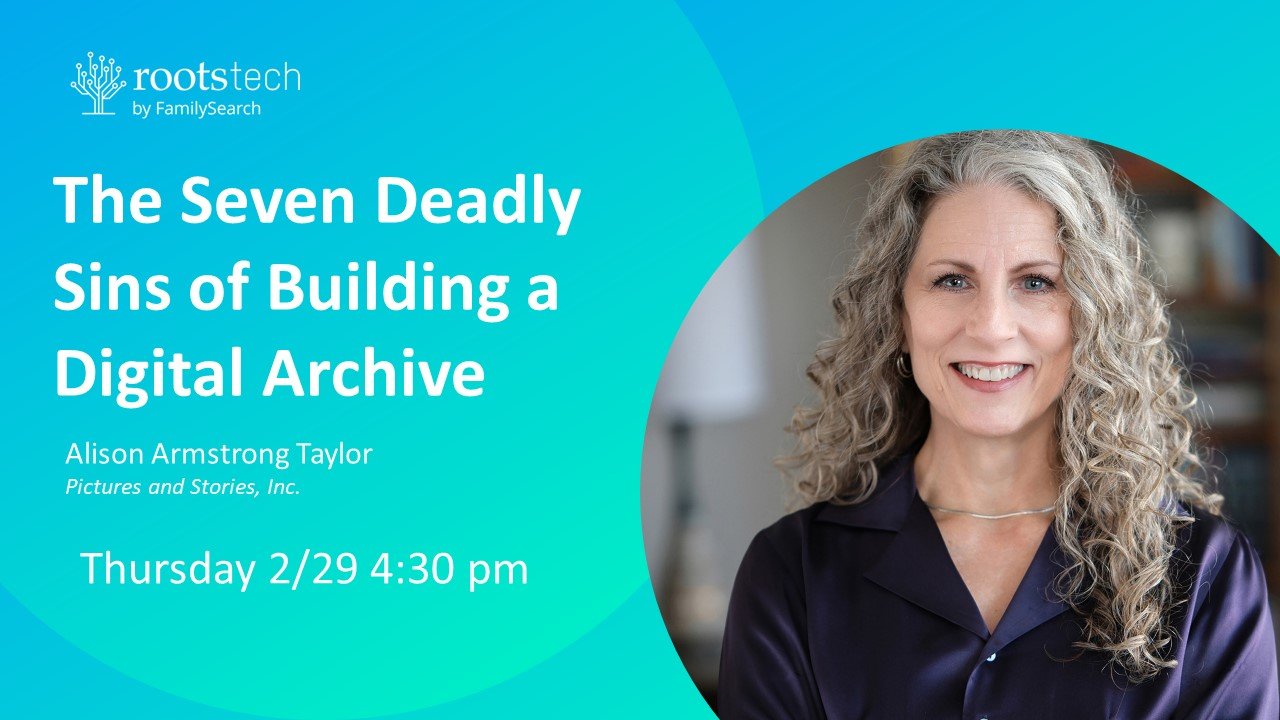This morning, our neighbor asked us to please help ourselves to an abundance of fresh, ripe apricots hanging from the huge tree in her yard. Who could turn down an offer like that? We picked several boxes' worth, some to keep and some to give away.
When we got home, I chose a big one, especially blushy and smooth, washed it and sliced it open, anticipating the tartly sweet flavor of my favorite childhood fruit. I took a bite...
...and it didn't taste like much. It wasn't bad, but it wasn't great, either. How could such beautiful, ripe fruit have such a disappointing lack of flavor? My friend Google, of course, had the answer.
Turns out that apricot trees in particular thrive with regular pruning. Cut off branches when the tree is dormant, and the tree invests more of its energy into producing fructose (=sweet flavorful fruit). Given the size of the tree and the age of my sweet neighbor, I'm guessing that she isn't getting up on a ladder every fall to prune it. Hence the bland fruit—which I'm sure will make fine jam—but I was really looking forward to eating some raw!
What does this have to do with family history?
If you don't "prune" your family history assets, the sheer volume of them will obscure the "fruit" that is worth keeping. Without care and pruning, you could lose the whole "tree."
Yesterday we had a conversation with a client we've worked with on several projects over the years. She has closets full of photo albums and boxes of ancestral goodies. We have digitized and archived a great deal of it for her so that it can be shared and used in books and other projects. But her question was: what should she do with all the originals? "My kids won't want them, don't have room for them." Should she just pitch it all now? Because she felt sure that when she goes, her children will be overwhelmed by the amount of stuff. Her kids will either throw it away, or hang onto it for years out of a sense of guilt, waiting until they "have time to go through it all."
This is such a common dilemma; we've had this conversation literally hundreds of times over the years. What to keep, what to toss? How to handle all this stuff?
As the boomer generation ages and downsizes, and their millennial children embrace minimalism, these questions will become even more widespread. There is a real possibility that great swaths of our personal history will be lost forever in the transition from one generation to the next.
How do we protect valuable family history without burdening future generations?
Please don't let this be the legacy you leave your children.
There is no one easy answer. Some are more comfortable with letting "things" go, while others feel sick at the thought of pitching the smallest bit of family history ephemera into the dumpster.
That being said, the process of curating your family history assets is a necessary one if you care about its preservation on any level. If you don't "prune" your family history assets, the sheer volume of them will obscure the "fruit" that is worth keeping. Without care and pruning, you could lose the whole "tree."
Regardless of your comfort level and the amount of stuff you have, the process of "pruning" (curation) boils down to an essential three steps:
SORT & CULL ~ DIGITIZE ~ PRESERVE & SHARE
1. Sort and Cull
Gather, sort, and get rid of obvious trash or duplicate material. Here are some posts that may help:
Free download: How to Save Your Stuff
Minimalism and Family History, Part One
Minimalism and Family History, Part Two
Choosing Photographs: Advice from William Morris
Family Mementos - Keep or Toss?
2. Digitize
Create a digital archive of what you kept at a high resolution (600 ppi) and low compression (TIF or highest-quality JPEG). Back up and share the digital files. Here are some posts that may help:
Five Things You Need to Know about Digitizing Photos
How to Organize Your Digitized Genealogy Photos
Curating and Digitizing Your Family History Assets
A digital archive book with storage media.
3. Preserve and Share
First, share your digital files with family members and online. Redundancy = safe records! Consider choosing the best of what you have and compiling it into a lovely coffee-table book that will interest others in your family.
Second, decide what to do with the originals you have left.
Whatever you decide to keep, just make sure they are categorized and stored in archival storage materials. (In both your digital and original archives, make sure everything is labeled and identified. You may know that it's Aunt Suzy in that photo, but others likely won't!)
If you are on the "family history minimalist" side of the spectrum and decide to pitch most everything after that it's digitized, ask family members if they want it first. Consider offering items to a local historical society or genealogical library before throwing them away.
If you are on the "family history hoarder" side of the spectrum and want to keep everything, consider the idea that your minimalist descendants may pitch it when you are gone. If your collection is properly digitized and shared, then that might be okay. If you are uncomfortable with the idea of originals ending up in the trash, make arrangements in your will for donation to a society or library. (This would only work if they were contained and organized to begin with!)
Final Thoughts
Don't let the tree die from lack of pruning. As I said in my Minimalism and Family History posts, the process of curating my stuff didn't take me as long as I thought it would. And I have the peace of mind in knowing that the family history assets will live to tell the story for many generations to come.
How have you dealt with your family history "stuff?"






